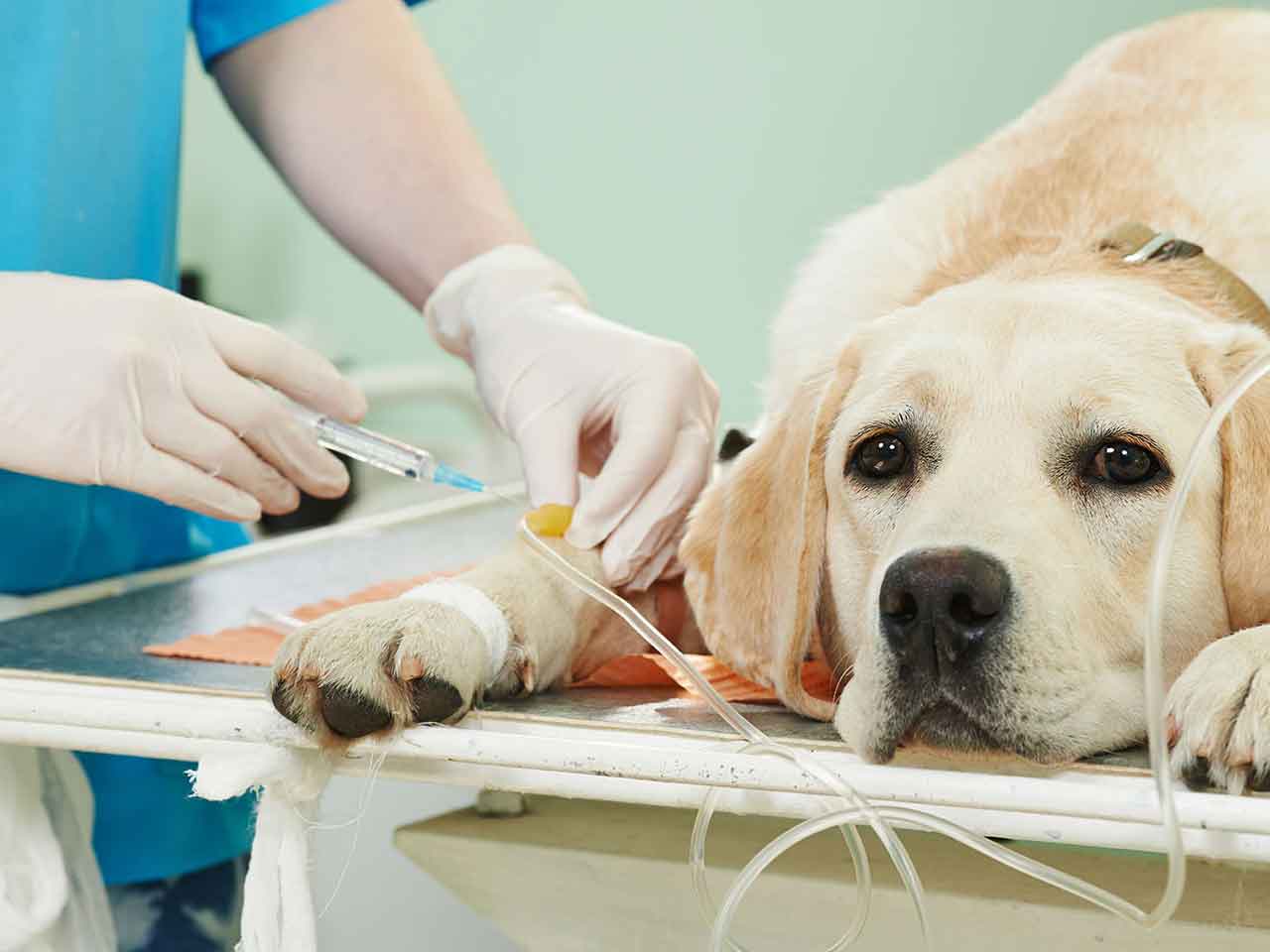
Pre- and post-operative care and attention with the central vacuum system
The central vacuum system not only removes dirt and provides a healthy environment but also protects the animal in the pre- and post-operative phases.

Effective cleaning of the environments and equipment in a veterinary facility helps to avoid three types of risk common in the veterinary sector: chemical, biological and physical.
Chemical risks are related to residues left behind by products used for cleaning and those used to treat animals. In this respect, the use of a vacuum system greatly reduces this risk because it greatly reduces the use of cleaning products. Biological risks are linked to the probability of coming into contact with micro-organisms and viruses released into the environment due to the presence of animals with various diseases and other substances that are harmful to health.
The physical risk is related to the instruments used during outpatient services and to injuries caused by bites and scratches from animals. It should also be emphasised that the physical risk greatly increases the biological risk: an injured veterinarian is more likely to come into direct contact with harmful microorganisms.

Ensuring a high standard of cleanliness and hygiene in veterinary surgeries is essential to significantly reduce the risk of animals contracting infections during examinations or post-operative complications.
Sanitising and vacuuming surfaces and instruments protects not only the pets that may potentially be affected by various diseases, but also all the people that frequent the facility.
Ultimately, proper hygiene ensures that the premises are free of pathogens and odours, increasing the perception of hygiene and thereby increasing the safety and confidence of the client in the veterinary practice.

The central vacuum system not only removes dirt and provides a healthy environment but also protects the animal in the pre- and post-operative phases.

Ensuring a high standard of cleanliness in veterinary practices is an essential element in reducing the risk of infection for animals.
Sistem Air Pro is capable of responding to all professional and industrial sector requests